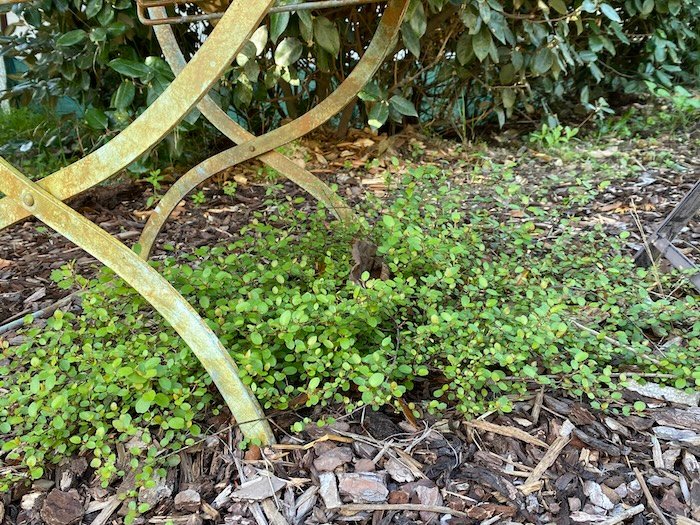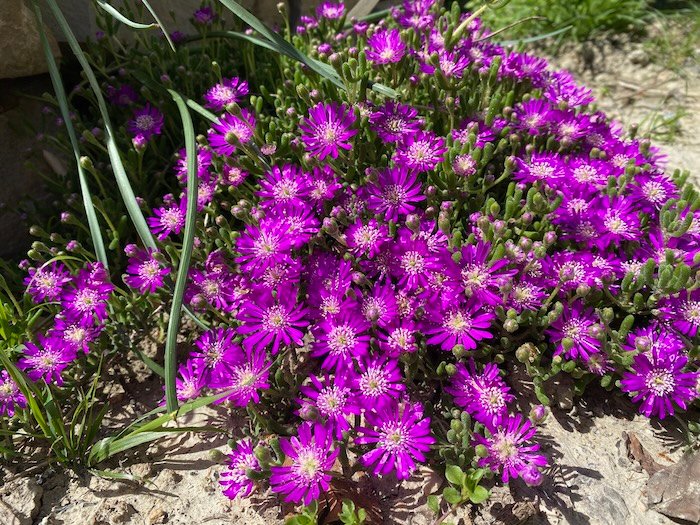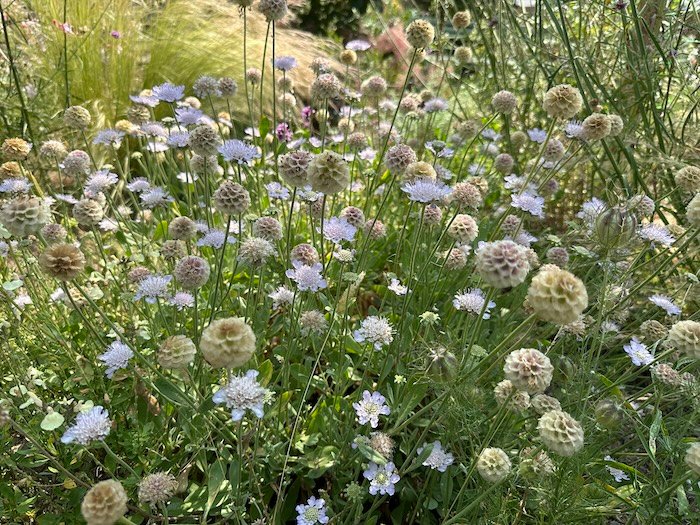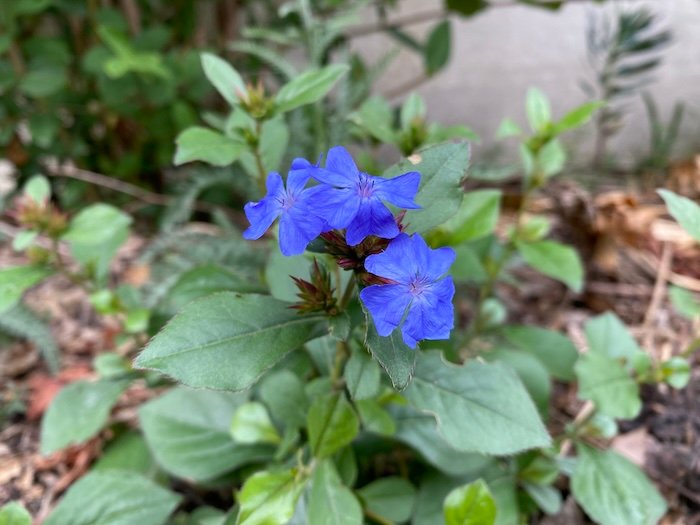Tag: ground cover
-

Muehlenbeckia complexa/axillaris
I’ve fallen quite in love with this dainty-looking, but vigorous ground-cover. I’m not quite sure whether I have Muehlenbeckia axillaris or complexa – or both – in my garden. Regular French garden centers sell it cheaply but almost always without naming the species. Given the shape of the flowers and fruit and the growth habit,…
-

Aizoacea & Mesembryanthemum
The Aizoaceae family is endemic to South Africa and has brought forth a multitude of mostly low-growing, spreading plants with fleshy leaves and bright flowers that work well as ground cover on dry soils in full sun. Several of its members are know as “ice plant” or “mesembryanthemum”. Interestingly, even “New Zealand Spinach” that grows…
-

Phyla (Lippia) nodiflora var. canescens
I am officially in love and over the moon with Phyla nodiflora! I first noticed this tiny plant along one of my walking routes, greening and blooming prettily all summer long, regardless of heat and drought, along an asphalt road through the vineyards. I figured even then it must be the perfect lawn substitute and…
-

Lomelosia minoana
Also called Scabiosa minoana, this native of Crete is simply a joy to grow in a Mediterranean garden. I bought this plant from Jardin sec and planted it in December 2023. It has been growing wider and heigher since, blooming profusely in soft mauve from May through July. The cream-colored seed heads stay all through…
-

Sedum & Sempervivum
Sedum and sempervivum are very drought and frost tolerant plants and are sold as such by garden centers. However, all will not work in our particular Mediterranean climate and I can only kick myself for omitting “due diligence” research before trusting garden center descriptions. Petrosedum sediforme This true mediterranean native grows all over this garden…
-

Ceratostigma plumbaginoides
Unsung hero of the dry garden. Ceratostigma plumbaginoides – the “blue-flowered leadwort” – is a native from Western China. It grows and grows, unfettered by heat or drought, and blooms from June through September in a very beautiful bright blue over somber green leaves. The leaves may also turn red in the fall. I had…